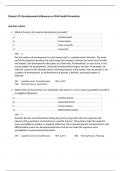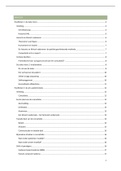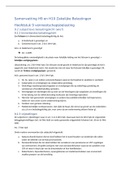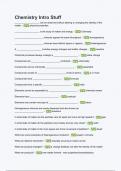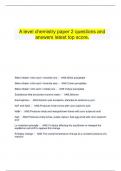Summary
Summary LAW MISC Ch.6 - dismissal for misconduct Discipline and dismissal for misconduct Discipline in the workplace
- Course
- LAW MISC
- Institution
- Nelson Mandela Metropolitan University (NMMU)
Summary LAW MISC Ch.6 - dismissal for misconduct Discipline and dismissal for misconduct Discipline in the workplace
[Show more]





